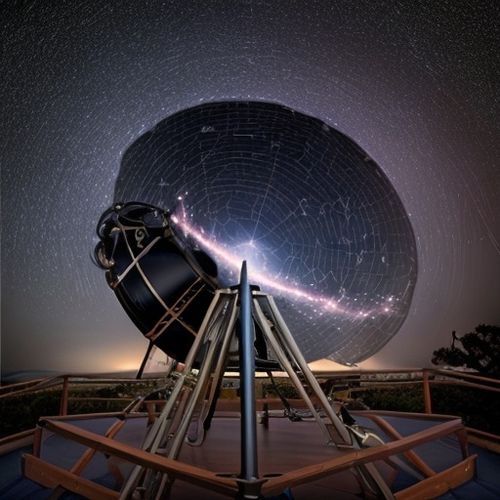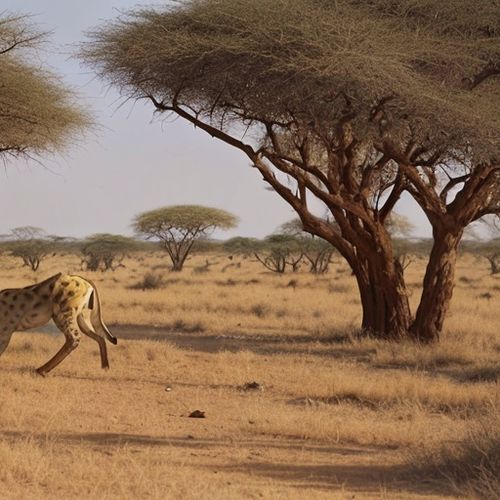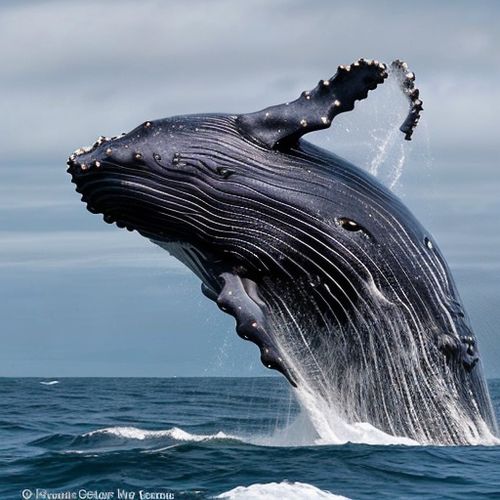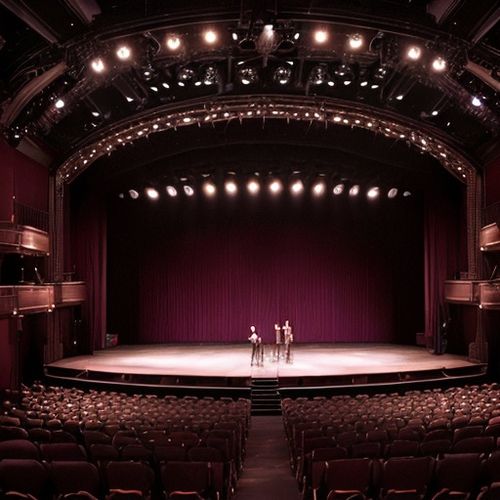The sight of a hot air balloon drifting gracefully across the sky has captivated humanity for centuries. These colorful giants, floating silently above the landscape, represent one of the oldest forms of human flight. Unlike modern aircraft, hot air balloons operate on simple yet profound principles of physics, offering a uniquely peaceful way to experience the world from above.
The history of hot air balloons dates back to 1783 when the Montgolfier brothers launched the first manned flight in Paris. Their invention, fueled by burning straw and wool, carried two passengers over five miles in just 25 minutes. This groundbreaking achievement marked the beginning of human aviation, predating the Wright brothers' powered flight by more than a century. Early balloons were unpredictable and dangerous, yet they captured the public imagination like no other invention of the era.
Modern hot air balloons have evolved significantly from those early experiments. Today's models use specialized nylon or polyester fabrics that can withstand high temperatures while remaining lightweight. The burners, now powered by propane gas, provide precise control over altitude. Despite these technological improvements, the fundamental design remains remarkably similar to the original concept - a testament to the elegance of the basic principle that hot air rises.
What makes hot air balloons truly special is the experience they offer. Unlike airplanes that rush passengers to destinations, ballooning is about the journey itself. There's no engine noise, just the occasional roar of the burner and the sounds of nature below. Passengers enjoy a 360-degree panoramic view, unobstructed by windows or wings. The pace of flight matches the wind speed, creating a sensation of moving with nature rather than conquering it.
The physics behind hot air balloon flight is beautifully simple. As air inside the envelope heats up, it becomes less dense than the surrounding atmosphere. This difference in density creates lift. Pilots control altitude by adjusting the temperature - more heat makes the balloon rise, while allowing air to cool causes descent. Steering, however, works differently than in other aircraft. Balloons travel with the wind, so pilots must navigate by finding air currents moving in different directions at varying altitudes.
Hot air balloon festivals have become major tourist attractions worldwide. Events like the Albuquerque International Balloon Fiesta in New Mexico or the Bristol International Balloon Fiesta in England draw hundreds of thousands of visitors annually. These festivals showcase spectacular "mass ascensions" where hundreds of balloons take to the sky simultaneously, creating a breathtaking kaleidoscope of colors and shapes. Many balloons feature special designs, from cartoon characters to elaborate commercial advertisements.
Beyond recreation, hot air balloons serve practical purposes in scientific research and commercial applications. Meteorologists use them for atmospheric studies, while some companies employ balloons for aerial photography and advertising. The sport of ballooning also includes competitive events where pilots demonstrate precision flying skills, navigating to specific targets using only wind currents and burner control.
The future of hot air ballooning continues to evolve with new materials and technologies. Some manufacturers experiment with solar-powered heating systems, while others develop more efficient burner designs. Despite these innovations, the essence of ballooning remains unchanged - offering humans a uniquely serene way to experience flight, connecting us with the skies as the pioneers of aviation first did over two centuries ago.
For those considering a hot air balloon ride, the experience promises unforgettable memories. Most flights occur during the cooler hours around sunrise or sunset when wind conditions are most stable. Passengers often describe the sensation as meditative - floating effortlessly while watching the world unfold below. It's an activity that combines adventure with tranquility, suitable for everyone from romance-seeking couples to adrenaline-loving adventurers.
Safety in hot air ballooning has improved dramatically with modern equipment and training standards. Pilots undergo rigorous certification processes, and balloons receive regular inspections. Weather assessment has become more precise with advanced meteorological tools. While ballooning will always carry some inherent risk, today's safety measures make it one of the more secure forms of aviation when conducted by professionals.
The environmental impact of hot air balloons is relatively low compared to other aircraft. They produce no emissions beyond the burner's propane combustion, and the physical footprint on the ground is minimal. Balloon manufacturers increasingly focus on sustainable materials and practices, ensuring this ancient form of flight remains compatible with modern ecological concerns.
From their historic beginnings to contemporary adventures, hot air balloons continue to symbolize human ingenuity and our eternal fascination with flight. They remind us that sometimes the simplest solutions - like heated air in a fabric envelope - can produce the most magical experiences. In an age of supersonic jets and space travel, the quiet majesty of a balloon drifting with the wind maintains its power to inspire wonder.

By George Bailey/Apr 28, 2025

By Lily Simpson/Apr 28, 2025

By Grace Cox/Apr 28, 2025

By David Anderson/Apr 28, 2025

By Megan Clark/Apr 28, 2025

By Natalie Campbell/Apr 28, 2025

By Olivia Reed/Apr 28, 2025

By Rebecca Stewart/Apr 28, 2025

By Eric Ward/Apr 28, 2025

By Grace Cox/Apr 28, 2025

By Noah Bell/Apr 28, 2025

By George Bailey/Apr 28, 2025

By Michael Brown/Apr 28, 2025

By Samuel Cooper/Apr 28, 2025

By Laura Wilson/Apr 28, 2025

By David Anderson/Apr 28, 2025

By Noah Bell/Apr 28, 2025

By Benjamin Evans/Apr 28, 2025

By Megan Clark/Apr 28, 2025

By Noah Bell/Apr 28, 2025